Our History
A (very short) history of St Jude’s
St Jude’s was planted by the congregation of St John’s Church of England in LaTrobe Street in 1866. The forward looking founders recognised that the people of the new and rapidly expanding suburb of Carlton needed a church, and they planned a large and solid building on a site which allowed for expansion. The church was designed by Joseph Reed of the influential Melbourne architectural firm Reed and Barnes, and built between 1866 and 1870. It has been described as ‘a vigorous example of Gothic revival in polychromatic brick and stone’, and its significance is recognised by its inclusion in the Victorian Heritage Register. The exuberant exterior contrasted with the simple interior, which reflected the evangelical theology of its founders. It was a large clear space, with no columns to obstruct the view, and broad in proportion to its length, so that people could be as close as possible to see and hear the preacher. There were pews for over 530 worshippers, and extra seats in the gallery.
For much of its first hundred years, the congregation focussed most of its efforts on the residents of the parish, with some interest in overseas missionary work. During the land boom of the 1880s two large brick halls were built for the expanding Sunday School. In the 1890s there were about 650 children on the roll. The parish was sub-divided in 1885 and a new parish, St Michael’s North Carlton was founded. Young people’s groups, mothers’ groups, football and cricket clubs, a debating society, and Bible study groups were all established, and a team of parish visitors distributed the parish newsletter and identified families who were in need. Compassionate care was given to the families of children who died in typhoid and diphtheria epidemics in the crowded back lanes, to young workers whose employment required them to work long hours in shops or businesses, and to residents exploited by Carlton’s ‘slum landlords’. During the 1890s depression a soup kitchen provided food to a couple of hundred people a week.
At times the congregation generously supported missionary work outside the parish. It gave funds to support the Chinese Mission in Little Bourke Street, and the first St Jude’s missionary, Mary Armfield, went to China in 1908 and spent 30 years there. Later the congregation supported missionary work in the Northern Territory, Tanzania, the Sudan and Kenya.
During the first half of the 20th century, Carlton seemed to be in decline. Wealthier residents had mostly moved to the leafier suburbs. The housing stock was deteriorating and many people were renting sub-standard homes. Long-standing residents were moving out of the suburb, and officials were beginning to talk of ‘clearing the slums’. The social effects of the two world wars and the 1930s depression impoverished the suburb and the congregation.
There was an exciting spurt of activity in the 1950s, when two successive vicars attracted and taught a lively group of university and college students, and the parish held evangelistic programmes for local children, ran a Sunday School in the Royal Children’s Hospital, and organised open air services for new settlers from Italy. But once their studies were finished, students moved away from Carlton to more salubrious suburbs. A dwindling congregation saw its ministries contract and its buildings begin to crack. In 1966 the vicar asked Christians ‘to see the work of the church in the inner areas of Melbourne as a missionary challenge and to respond by coming and living in these areas as they would on a foreign mission field’.
From 1967, the vicars and lay leaders worked hard to recruit and train a cohort of tertiary students, encouraged them in lay ministry, and persuaded many to commit to the parish for the long term. The ‘gentrification’ of the inner-city had begun, and young families were staying in the area and renovating small Victorian terraces. As the congregation grew there were more people who could visit and build relationships with residents of the new Housing Commission towers. Work among students continued to expand, and the evening congregation was especially aimed at students and young workers. The church became known for good Biblical teaching and as an attractive place for people who might be ‘giving Christianity a last chance’.
From 1981 congregational numbers continued to grow, and in 1983 the first of a series of Five Year Plans was implemented. Gradually ‘targeted congregations’, each with its own defined emphasis, dedicated staff, teaching programme and ministry priorities, were established. Lay members were trained in leading services, preaching, leading Bible discussion groups and cross-cultural ministry, and many people who were taught at St Jude’s are now involved in ministry in other parishes. The congregation has supported parish partnerships and church plants, commissioned missionaries and encouraged men and women into the ordained ministry.
St Jude’s church is located in a very strategic place for ministry and outreach. The church building is not far from Melbourne’s Central Business District; it is close to three large universities, and located in the lively inner-city. A substantial renovation following a fire in 2014 has resulted in an accessible complex of buildings with meeting spaces, a cafe, and staff offices. Within the parish are newly-arrived migrant and refugee families and many students from overseas, so the congregation has at its doorstep a huge and varied mission field. Some residents remain in Carlton only for three or four years, others settle for decades; and this provides opportunities for many different kinds of ministry.
In 2023 about 830 people are members of St Jude’s, and they come from approximately 90 different postcodes. There are six congregations, three meeting on the Lygon Street site, two in Parkville, and one in the Carlton Housing Estate. The emphasis on teaching, evangelism, prayer, encouraging people in discipleship, and training members to ‘live lives worthy of the gospel’ continues. ‘Things we have heard and known, things our ancestors have told us, we will not hide from their children. We will tell the next generation the praiseworthy deeds of the Lord, His power and the wonders he has done.’ Psalm 78:3-4
Further reading:
Elizabeth Willis. People of the Risen King: a history of St Jude’s Carlton 1866-2016, published by the church in 2017.
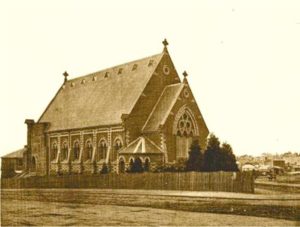
Exterior view, 1878. Photographer Charles Nettleton
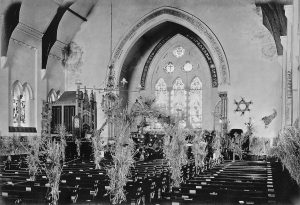
The church decorated for the Harvest Festival, 1907.
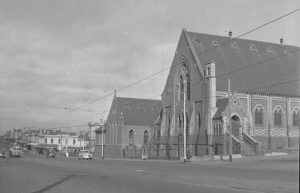
Looking south along Lygon Street, with St Jude’s church and halls on the right, c. 1945.
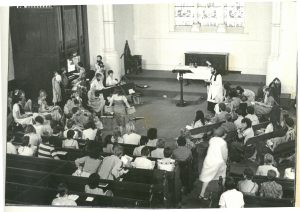
The morning congregation meeting ‘in the round’ at the front of the church, c. 1980.
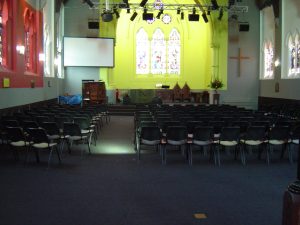
Interior of St Jude’s church, 2014.
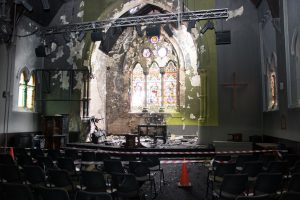
Interior of the church just after the fire, October 2014.
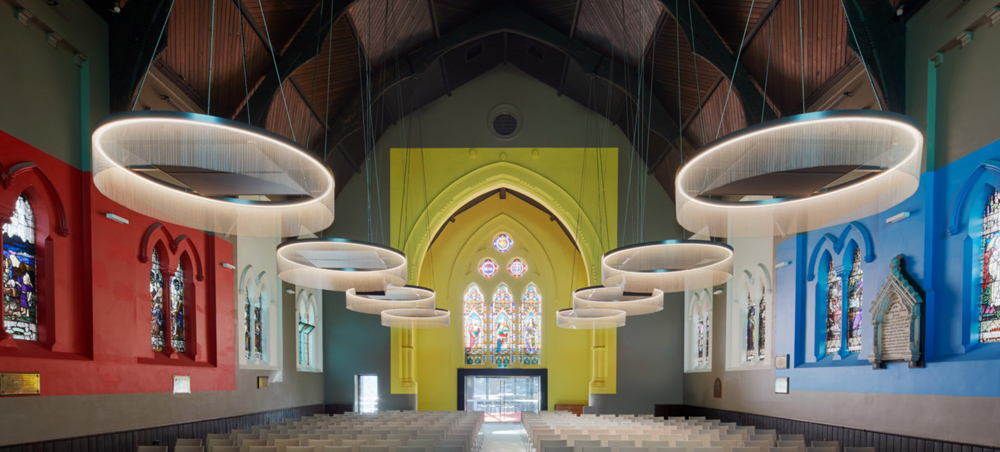
The restored interior of the church, c. 2021.
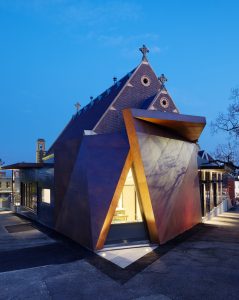
Exterior view of the restored and extended church building, 2023.
Vicars of St Jude’s
Charles Stuart Perry 1868 – 1887
Julius Lewis 1888 – 1898
Edwin Rodda 1898 – 1902
John Good 1902 – 1928
Arthur Banks 1928 – 1943
George Menlove 1943 – 1945
Sydney Smith 1945 – 1950
Lance Shilton 1951 – 1954
Jock Ryan 1954 – 1959
Peter Harradence 1960 – 1964
Neville Curtis 1964 – 1967
John Taylor 1967 – 1970
David Binns 1970 – 1974
David Boan 1975 – 1981
Peter Adam 1982 – 2001
Richard Condie 2002 – 2016
John Forsyth 2017-
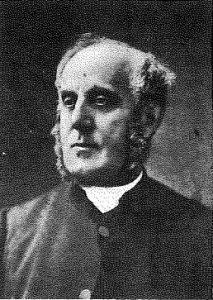
Charles Stuart Perry
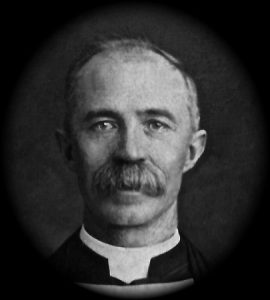
John Good
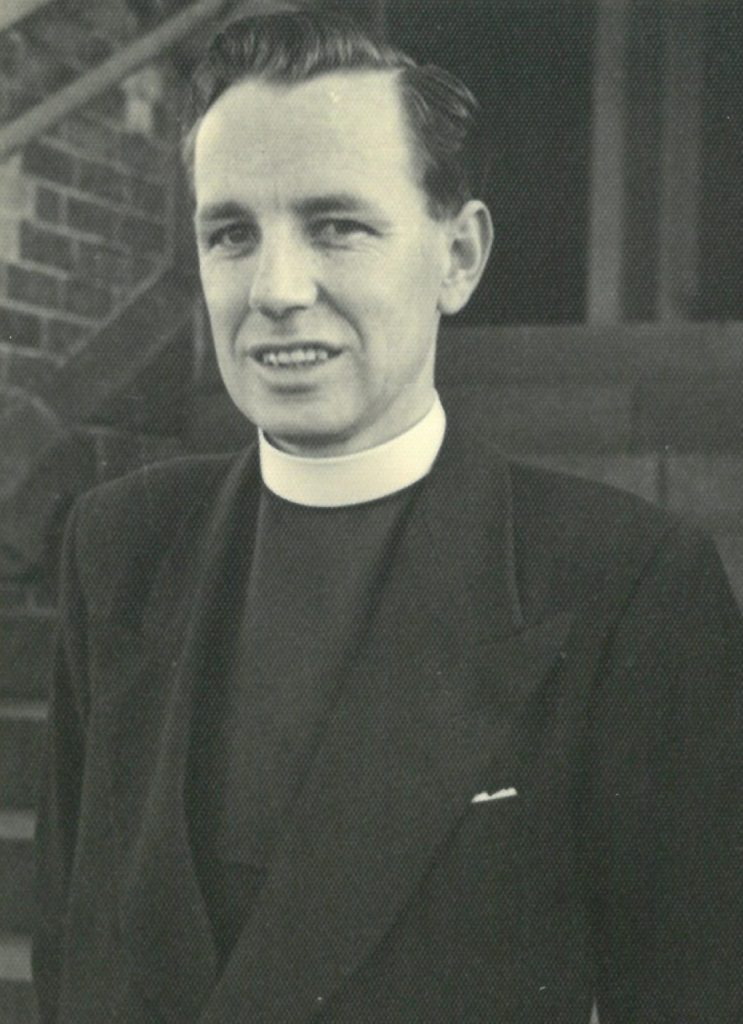
Lance Shilton
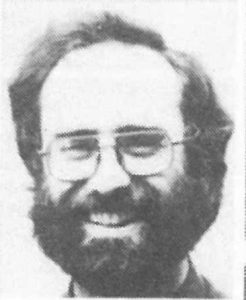
David Boan
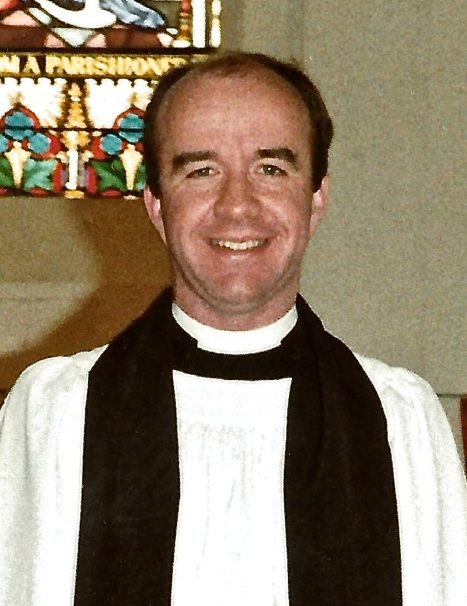
Peter Adam

Richard Condie
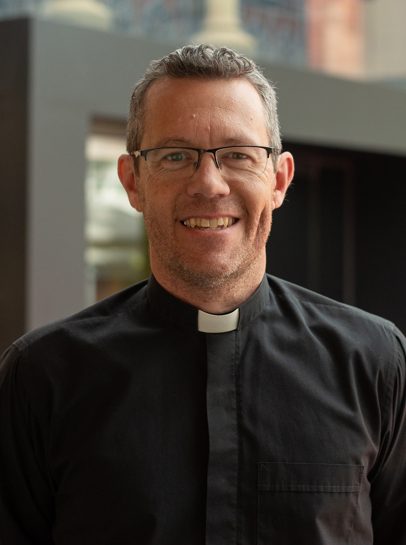
John Forsyth
St Jude’s World War One Honour Roll
The conflict that became known as the First World War began in Europe in 1914. St Jude’s parishioners, like those in other Church of England parishes, were generally caught up in support for the war effort. By early 1917, many local men had enlisted in the Australian Imperial Forces and already 33 soldiers associated with the parish had been killed. The parish planned an Honour Roll within the church building to commemorate their service. When at last the war ended, St Jude’s commissioned Melbourne furniture makers F. K. Cox & Company to construct the Honour Roll.
The Honour Roll was damaged in the fire in the church in 2014. It was restored in 2023 by The University of Melbourne’s Grimwade Centre with a grant from the Victorian Government’s Program ‘Restoring Community War Memorials and Avenues of Honour’.
To find out more about the background of the Honour Roll, access the Honour Roll and read about its restoration, click on the button below.

